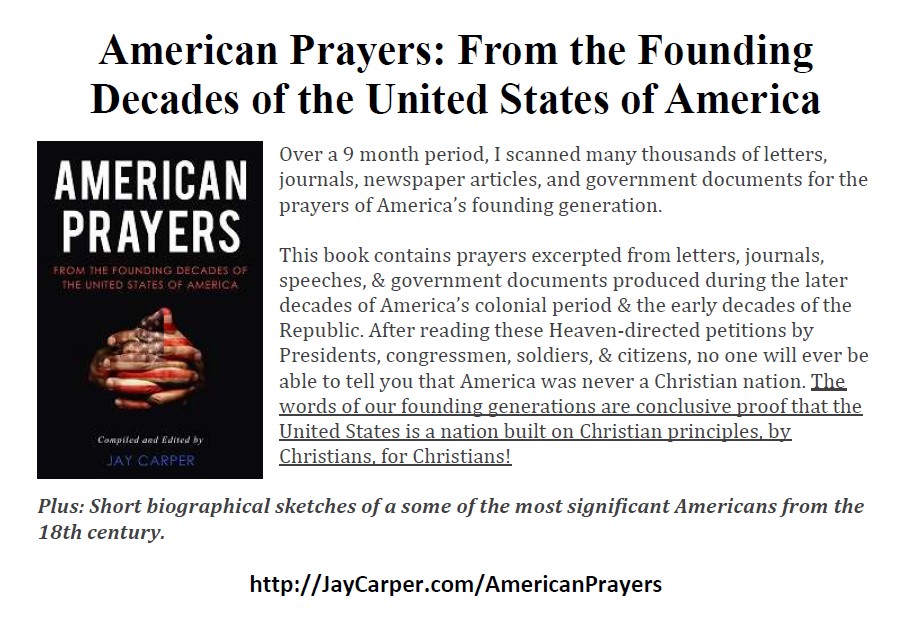
From Diary of the American Revolution, Vol I. Compiled by Frank Moore and published in 1859.
Early this morning preparations were made for the meeting at the Exchange in New York. A union flag with a red field was hoisted on the liberty-pole, where at nine o’clock the friends of freedom assembled, and having got into proper readiness, about eleven began their march to the Exchange. They were attended by music, and two standard-bearers carrying a large union flag, with a blue field, on which were the following inscriptions: On one side, George III. Rex, and the Liberties of America; No Popery. On the other, The Union of the Colonies, and the Measures of the Congress.
Some time after they had arrived at the Exchange, came also another company who had met at the widow De la Montagnie’s, among whom were some officers of the army and navy, several of his Majesty’s council, and those members of the House of Representatives who had refused taking into consideration the proceedings of the Congress; together with the officers of the customs, and other dependents on the court. Soon after the parties met, some confusion arose, but it subsided without any bad consequences. 1 The chairman of the committee then proceeded to explain the design of the meeting; after which he proposed the following questions: First, Whether a certain number of persons shall be appointed and authorized to meet such deputies as the counties may elect, and join with them for the sole purpose of appointing out of their body on the twentieth of April next, delegates for the next Congress? Second, whether this meeting will authorize the committee to nominate eleven deputies for their approbation? Both of which were carried in the affirmative. 2
The meeting and the majority which determined these questions are supposed to have been the most numerous and respectable ever known in New York, on the decision of any public proposal. The business of the day being finished, the friends of freedom paraded through one of the principal streets, to the liberty pole, and then dispersed in the most quiet and orderly manner. 3
1 Dr. Gordon says of this meeting: “When assembled in a body, there was a confused cry of ‘Congress or no Congress?’ After much altercation, the Tories had a recourse to compulsive reasoning, and began dealing about their blows. The Whigs were in the worst situation, not being provided with similar arguments, till two of their party repaired to an adjoining cooper’s yard, from whence they drew forth to the assistance of their friends a number of hoop-sticks, which they reduced to a proper length, and forwarded to the combatants. The Whigs, being •thus supplied, soon carried the day by club law, and beat their opponents off the ground. The Tories being worsted, and not a little terrified, lest the fury of Captain Sears (whom they termed, in a way of reproach, ‘King’) should lead him to head a mob, and do them some capital injury, promoted a provincial convention, which otherwise would not have existed.”–Hist. Amer. Revolution, vol. i. p. 318.
2 The following are the names of the gentlemen nominated by the committee: Philip Livingston, John Jay, James Duane, John Alsop, Isaac Low, Francis Lewis, Abraham Walton, Abraham Brasher, Alexander McDougall, Leonard Lispenard, and Isaac Roosevelt. — Upcott, iv. 299.
3 Pennsylvania Packet, March 13.
